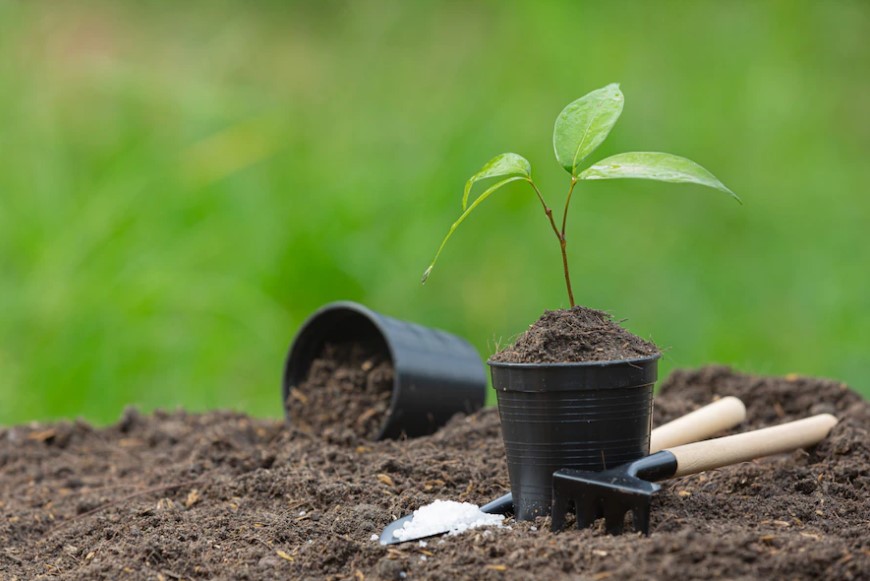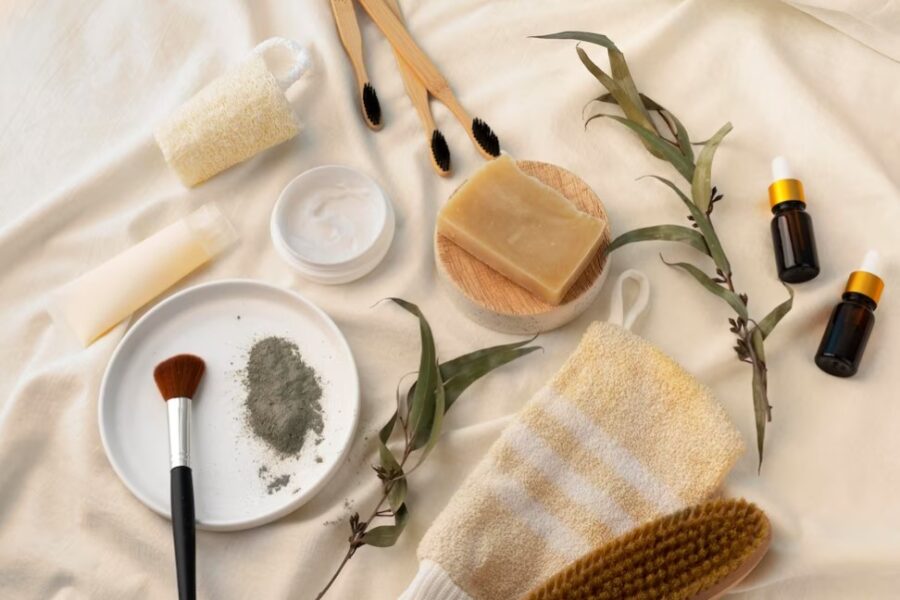

The ongoing COVID-19 outbreak has had a profound impact on people's lives. This includes negative consequences for people's health and well-being, such as stress, decreased physical activity, and loneliness as a result of confinement. People had to find means to protect their food at the same time, with fresh food being especially scarce in some areas owing to lockdowns and restricted commodities movement. Hence, bloomed terrace gardening practices around the world.
It doesn’t matter how much you know about gardening; your gardening guru is here to guide you through this fruitful journey.
Benefits of terrace gardening
- More plants on your terrace equals less heat falling on your roof. Terrace gardens minimize heat gain by shading the roof from solar radiation, cooling the air through evapotranspiration, and providing insulating properties to the building.
- Gardening helps you greatly reduce stress as green is a color associated with optimism. It keeps you detached from the world's tension and instability. Having your own terrace garden means you'll always have access to your calm retreat.
- The more plants that are around you, the fresher the air is. That makes your terrace a great place to work out and meditate. It is your own drop of zen in an ocean of chaos.
- A drop makes an ocean. Great way to do your bit towards carbon sequestration.
- Small step towards reconnecting with nature. You can grow a portion of your own food. What could be better than a daily supply of home-grown vegetables and fruits from your garden? Organic fruits and vegetables are more nutritious than store-bought varieties and are better for your health.
But the main question is what to grow in your terrace garden?
What you grow in your terrace garden varies from season to season. Here’s a list of vegetables you can grow throughout the year.
January
- Cucumber
- Radish
- Okra
- Basil
- Pepper
- Mustard
- Grounds
- Pumpkin
February
- Spinach
- Cucumber
- Okra
- Basil
- Pepper
- Beans
- Mustard
- Grounds
- Pumpkin
March
- Basil
- Tomato
- Onion
- Okra
- Basil
- Beans
- Grounds
- Pumpkin
April
- Tomato
- Onion
- Basil
- Beets
- Amaranth
- Ginger
May
- Tomato
- Onion
- Basil
- Pepper
- Beets
- Amaranth
- Pumpkin
- Ginger
June
- Tomato
- Cucumber
- Eggplant
- Onion
- Okra
- Basil
- Garlic
- Pepper
- Beets
- Grounds
- Pumpkin
- Ginger
July
- Cucumber
- Eggplant
- Basil
- Okra
- Garlic
- Beets
- Grounds
August
- Carrot
- Broccoli
- Eggplant
- Radish
- Basil
September
- Carrot
- Spinach
- Broccoli
- Eggplant
- Lettuce
- Onion
- Radish
- Basil
- Pepper
- Mustard
- Amaranth
- Pumpkin
- Peas
October
- Carrot
- Spinach
- Broccoli
- Eggplant
- Lettuce
- Onion
- Radish
- Turnip
- Parsley
- Basil
- Garlic
- Pepper
- Mustard
- Amaranth
- Pumpkin
- Peas
November
- Carrot
- Spinach
- Eggplant
- Radish
- Lettuce
- Turnip
- Parsley
- Basil
- Garlic
- Pepper
- Mustard
- Amaranth
- Pumpkin
- Peas
December
- Cucumber
- Radish
- Lettuce
- Parsley
- Basil
- Pepper
- Mustard
- Grounds
Tips for pollination
Insects are an important source of food for birds and fish, as well as a key component of the natural compost cycle in forests and fields. Plant and vegetable propagation is ensured by them. Insect pollination is necessary for almost three-quarters of wild blooming plants and one-third of the food we eat.
But how do you attract pollinators to you top floor gardens?
- Do not use pesticides: The majority of pesticides aren't selective. Along with the pests, you're killing the essential bugs. If you must apply a pesticide, start with the least hazardous option and carefully follow the label directions.
- Plant colorful flowers: Bees have excellent colour vision, which aids them in locating flowers and the nectar and pollen they provide. Blue, purple, violet, white, and yellow flowers are very attractive to bees.
- Plant native plants: Native plants are more appealing to native pollinators than foreign ones. They're also often well-adapted to your growing circumstances and can thrive with little care.
- Hand pollination: In vegetable gardening, hand pollination is required for the fruit to set. Where insects and environmental conditions are unfavorable, flowers will not transform into the fruit without it.
Click here to read more about hand pollination.
You may also llike








